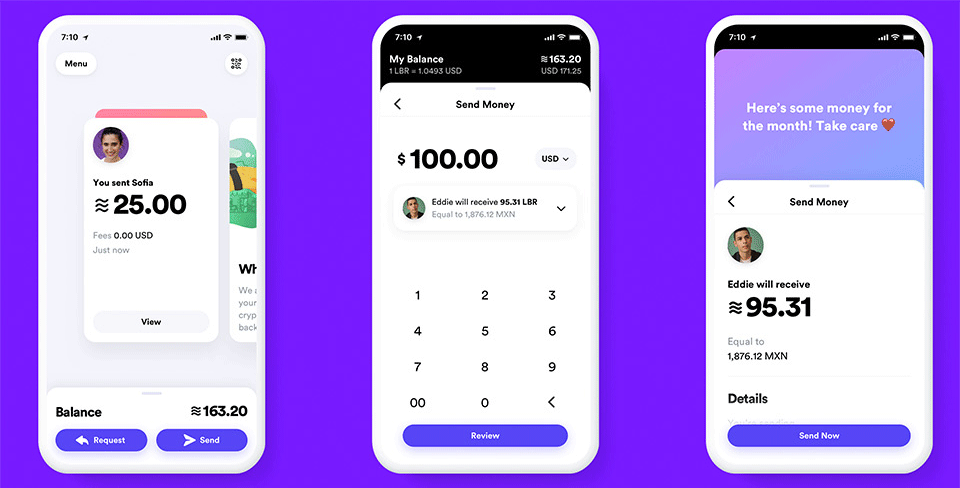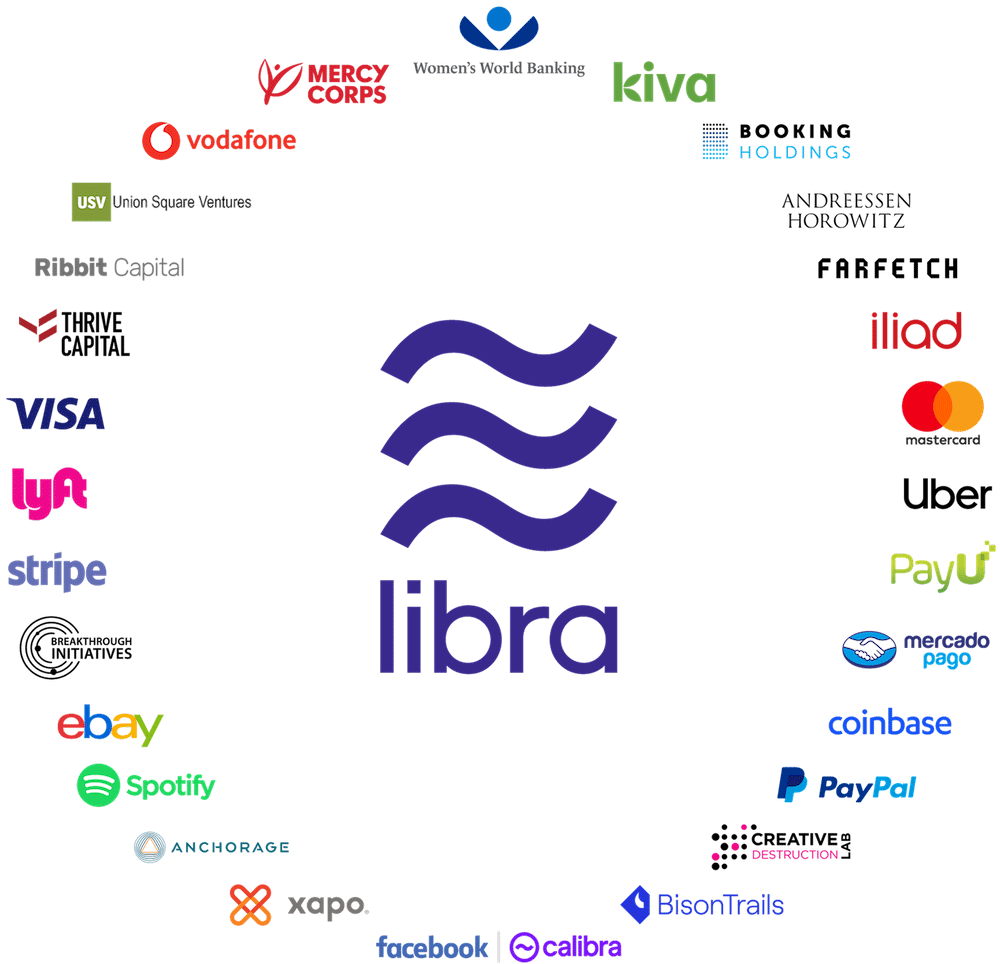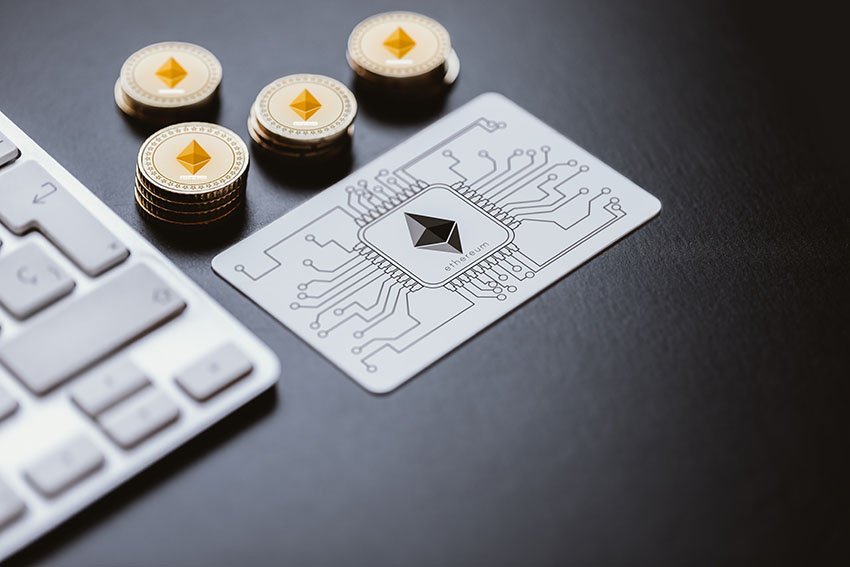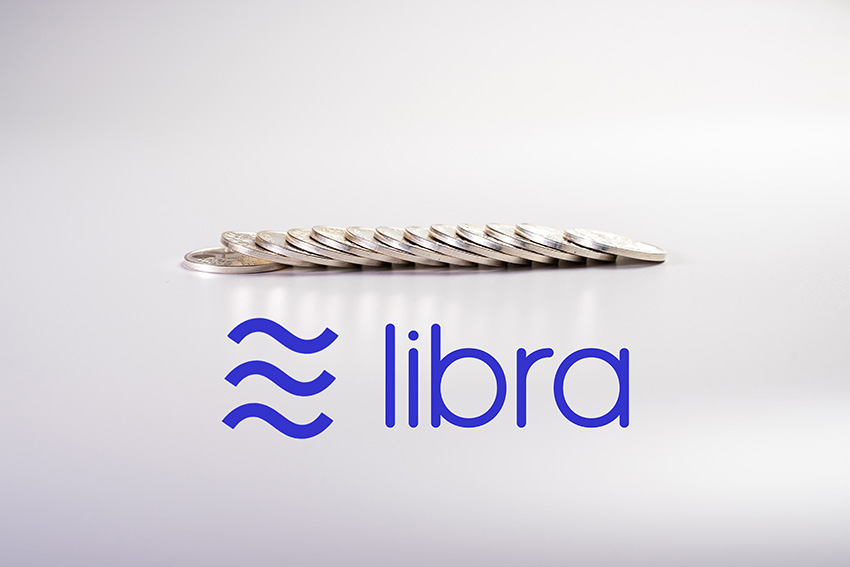The long-anticipated Facebook cryptocurrency Libra white paper has been released finally. Now, join us to have a look at what cryptocurrencies Libra has “referred to”.
About Libra
The 29-pages white paper elaborates the protocol supporting the new global currency, which can be summed up in one sentence:
The Libra Blockchain is a decentralized, programmable database designed to support a low-volatility cryptocurrency that will have the ability to serve as an efficient medium of exchange for billions of people around the world.
As a first step towards the goal of decentralization, the Libra blockchain protocol will be handed over to a new organization: the Libra Association, whose members will hold tokens separately and can vote on the blockchain to make decisions related to the governance of Libra blockchain.
Ben Maurer, head of Facebook blockchain technology, said that with the time went by, the goal of Libra Association was to change the node membership from the establishment of founding members (who own interests during the ecosystem creation) to those who have concerned interests and hold Libra tokens.
Simply speaking, Libra aims to act as a high-throughput global blockchain. However, unlike other blockchains, Libra seems to be more concerned to consumer payments and other financial applications.

Moreover, Facebook has also created a new programming language, Move, which allows developers to write commands on the blockchain and share to the public. To validate the design of Libra protocol, Facebook has built an opensource prototype to implement Libra Core, and hoped to push the ecosystem development through global collaboration.
In fact, many sources who have visited Facebook said that in the past few months, Facebook had made “great efforts”. They had referred to the existing cryptocurrency projects in the market and added their own updating and improvements.
Like Bitcoin, no real identity on Libra blockchain
From the perspective of the blockchain itself, you don’t exist. Only public-private key pairs exist. The white paper states:
The Libra Blockchain is pseudonymous and allows users to hold one or more addresses that are not linked to their real-world identity.
Like Hyperledger, it’s permissioned
Initially, the consensus structure for Libra will be dozens of organizations that will run nodes on the network, validating transactions. Each time consensus is voted on for a new set of transactions, a leader will be designated at random to count up the votes.
Libra opts to rely on familiarity rather than democracy to choose the right entities to establish consensus in the early days. The White Paper states:
Founding Members are organizations with established reputations, making it unlikely that they would act maliciously.

These are entities range from traditional payment networks (Mastercard, Visa) to internet and gig-economy giants (eBay, Lyft) to blockchain natives (Xapo) to VCs (Andreessen Horowitz, Thrive Capital).
Like Tezos, it comes with on-chain governance
The only entities that can vote at the outset are Founding Members. These members hold Libra Investment Tokens that give them voting rights on the network, where they can make decisions about managing the reserve and letting new validators join the network.
The governance structure is built into the Move software from the start, and like Tezos it is subject to revision over time. Updates will be essential as it adds members and evolves from what’s more like a delegated proof-of-stake (DPoS) system (such as EOS or steem) to a fully decentralized proof-of-stake ecosystem.
Like Ethereum, it makes currency programmable
The white paper defines interesting ways in which its users can interact with the core software and data structure. But there are a lot of interesting issues. For example, anyone can make a non-voting replica of the blockchain or run various read commands associated with objects (such as smart contracts or a set of wallets) defined on Libra. Crucially, Libra’s designers seem to agree with Ethereum that running code should have a cost, so all operations require payment of Libra as gas in Ethereum in order to run.

Unlike Ethereum, Libra makes two important changes in its smart contracts.
- First, it limits how much users can do on the protocol at first (the function of Move has not been yet open).
- Second, it breaks data out from software, so one smart contract (what Move refers to as a “module”) can be directed at any pool of assets, which Move calls “resources.” So, one set of code can be used on any number of wallets or collections of assets.
Like Ethereum, it thinks POS is the future
Also like Ethereum, it thinks proof-of-stake is the future, but it is also not ready yet(read more: Analysis on Decentralization of POW, POS and DPOS). Libra White Paper states:
Essential to the spirit of Libra, in both its permissioned and permissionless state, the Libra Blockchain will be open to everyone: any consumer, developer, or business can use the Libra network, build products on top of it, and add value through their services.
Meanwhile, the paper dismisses the approach of the blockchains with the longest track record (namely bitcoin etc.), stating,
the Libra Blockchain adopted the BFT approach by using the LibraBFT consensus protocol. …… This class of consensus protocols also enables high transaction throughput, low latency, and a more energy-efficient approach to consensus than “proof of work” used in some other blockchains.
Like BNB, it does a lot of burning
The Binance which purposefully burnt tokens became very influential last year. Binance, the world’s leading exchange, created the BNB token, with which users could pay trading fees at a discount. Binance led the way to token bonfires, regularly burning a significant portion of its profits paid in BNB.

Of course, Libra does not increase its value by burning tokens. Unlike the collateralized stable coins such as Tether, which is constantly being issued and burnt, the Libra Association responds to changes in demand for its reserves, so they do not give specific maximum or minimum supply of tokens.
Like coda, users don’t need to hold onto the whole transaction history
As an encryption protocol not understood by most people, Coda is one of the first to make its ledger disposable. Users only need to hold a proof of the last block, which they can easily check on a smartphone to be sure they are interacting with a valid ledger.
Similarly, on Libra, historical data may grow beyond the amount that can be handled by an individual server. Validators are free to discard historical data not needed to process new transactions.
Like EOS, Libra hasn’t worked everything out yet
EOS was launched without its approach to governance well defined, which yielded complications in the future development. Similarly, Libra promises to decentralize, there are no specific measures to effectively force its members to do so.
Appendix
Series articles on Libra at EastShore:
- Differences among Libra, Bitcoin and PayPal | EastShore Mining Devices
- How is Libra Different from Other Currencies? | EastShore Mining Devices
- What will Facebook’s Libra bring to the world? | EastShore Mining Devices


Pingback: Differences among Libra, Bitcoin and PayPal | EastShore Mining Devices
Pingback: What will Facebook's Libra bring to the world? | EastShore Mining Devices